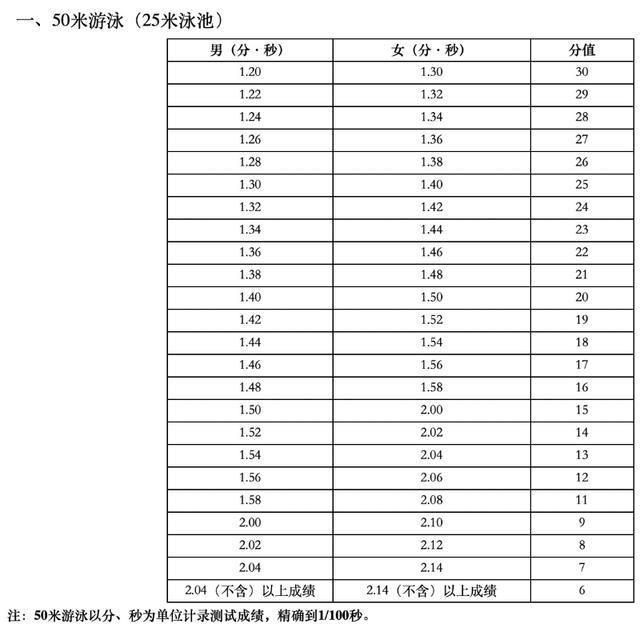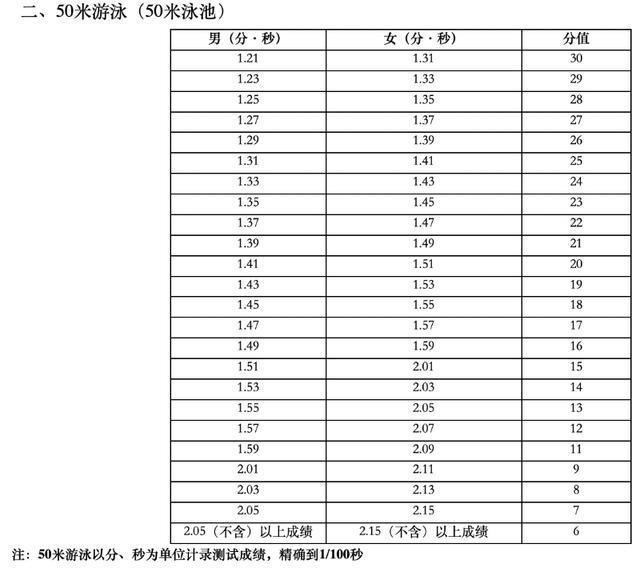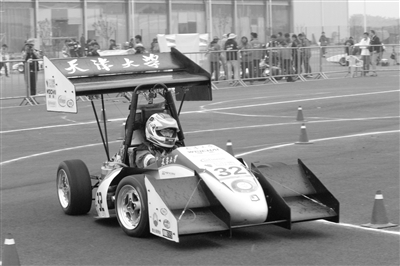Xinhua News Agency, Beijing, September 7th Question: What are the bottlenecks for new energy vehicles to enter the rural market?
Xinhua News Agency "Xinhua Viewpoint" reporters Huang Xing and Xiang Dingjie
"It is very cost-effective to buy new energy vehicles now, and it is tens of thousands of yuan cheaper to count various preferential policies. The car is very environmentally friendly, its endurance performance is good, and it is economical and affordable. " Recently, Cao Fuping, a villager from Guang Shun Town, Changshun County, Guizhou Province, bought a Geely Galaxy L7.
A survey by Xinhua Viewpoint reporter found that with the help of policies, new energy vehicles are accelerating their entry into the rural market. However, there are still some problems in some areas, such as incomplete charging pile facilities and the need to improve vehicle adaptability. It is still necessary to speed up the construction of charging facilities, enrich rural vehicles and improve support policies to help new energy vehicles go to the countryside.
New energy vehicles speed up their drive to the rural market.
Walking in many rural areas, from time to time, you can see new energy vehicles with green cards whizzing by.
Walking into the charging station of Fuhuan Town, Qijiang District, Chongqing, the owner Liu Gang is charging his polar fox car. Last year, Liu Gang spent more than 220,000 yuan to buy this car. "It only takes more than an hour to charge 80% of the electricity, and it costs less than 1 yuan’s money for every 1 kilowatt hour, which is convenient and affordable. The driving experience of electric cars is also great. " Liu Gang said.

The picture shows the owner charging the car at the charging station in Fuhuan Town, Qijiang District. (photo by Yan Jiangkui)
Ye Peng, deputy general manager of State Grid Chongqing Qijiang Power Supply Company, told the reporter that in 2022, the company invested 300,000 yuan to build a charging station in Fuhuan Town; After the charging station was put into operation, the number of new energy vehicles in the town has gradually increased to more than 40, and many villagers continue to buy new energy vehicles.
In recent years, a series of policies have been introduced to encourage new energy vehicles to go to the countryside. In July 2020, the Ministry of Industry and Information Technology, the Ministry of Agriculture and Rural Affairs and the Ministry of Commerce jointly issued a notice requesting the organization of new energy vehicles to go to the countryside. In June this year, the Ministry of Industry and Information Technology and other ministries and commissions launched the activity of new energy vehicles going to the countryside in 2023, which will last until December this year, with a total of 69 new energy vehicle models participating.
Xie Guang, senior director of the strategic planning department of Changan Automobile, said that seven cars of Changan Automobile were selected for this year’s catalogue of new energy vehicles going to the countryside. In order to increase sales, the company introduced a number of preferential policies, such as the best-selling model Benben E-Star giving a discount of 12,000 yuan, while the other model directly dropped 30,000 yuan and then sent the "Three Electricity" (motor, battery and electronic control) lifetime warranty.
The accelerated improvement of the charging infrastructure has also helped pave the way for new energy vehicles to "go to the countryside". The data shows that in 2020, the number of individual charging piles in Qijiang District of Chongqing was only 24, and the number of new charging piles in 2022 has reached 515, reaching 586 this year. 86% of townships in Guizhou have built charging facilities, and Chongqing is expected to achieve full coverage of all township charging facilities by 2025.
According to the data released by China Association of Automobile Manufacturers, the sales volume of new energy vehicles going to the countryside increased by 80%, 169% and 87% respectively in 2020, 2021 and 2022, driving the cumulative sales of new energy vehicles going to the countryside to more than 4.1 million. The industry expects that the sales volume of new energy vehicles to the countryside will continue to climb this year.
Popularization still needs to go through three hurdles
Although the sales of new energy vehicles in rural areas continue to increase, the penetration rate in rural areas is still low. According to the data of the National Passenger Car Market Information Association, in March this year, the penetration rate of pure electric passenger cars in counties and townships was 16%, and the penetration rate of plug-in passenger cars in counties and townships was 8%.
The industry believes that there are still many problems to be solved before new energy vehicles can enter the "fast lane" in the countryside.
— — Charging facilities need to be further improved. The reporter learned that the current rural new energy vehicle market is still in the initial stage of popularization, and the construction of charging facilities in rural areas is still lagging behind. There are problems in the construction of charging piles, such as low social investment willingness, difficult profitability and difficult equipment maintenance.
"There are too few charging piles and they are often found everywhere." A new energy owner in Longshan Town, Longli County, Guizhou Province said that local public charging piles are often unavailable, and it is common to run for 10 to 20 kilometers for charging. Zhang Le, a resident of a township in Chongqing, told reporters that he once wanted to start with a new energy vehicle, but he finally chose a fuel vehicle because he was worried that it was inconvenient to charge.
— — Models and prices should be more suitable for the needs of rural consumers. Rural residents are more sensitive to price, and quite a few people tend to buy new energy vehicles below 70,000 yuan. Every year, cars go to the countryside mainly in small cars and mini-cars.
Some rural residents prefer cheap old scooters. Wang Ping, the branch secretary of Haimakong Village, xiuwen county, Guizhou Province, said that almost every household in the village has an old scooter. "Although the old scooter has potential safety hazards, it is really cheap and has a low threshold for use."
According to the car salesmen interviewed, some micro new energy vehicles are selling well, but at present, there are few new energy vehicles that can take into account the use scenarios such as rural cargo pulling and agricultural production.
— — The sales service system needs to be further improved. The reporter learned that the traditional fuel vehicle dealer system is deeply rooted, and there are generally 4S stores or dealer channels in the county. However, new energy vehicles often adopt online booking and new direct sales mode, and the dealer system of car enterprises in the county is not perfect, which leads to the underdevelopment of new energy vehicle finance, insurance, used cars, after-sales and maintenance.
Take multiple measures to unblock the "blocking point"
Industry experts believe that compared with cities, the rural new energy vehicle market will still be a blue ocean. According to the Study on Electric Vehicle Travel in Rural Areas of China published by China Electric Vehicle committee of 100, it is estimated that by 2030, there will be nearly 160 vehicles with 1,000 people in rural areas of China, with a total ownership of over 70 million vehicles, and the market scale may reach 500 billion yuan.
Xu Haidong, deputy chief engineer of China Automobile Industry Association, suggested that efforts should be made to improve public charging facilities, enrich rural vehicles and support policies, and accelerate the assistance of new energy vehicles to the countryside.
First of all, focus on building public charging facilities. The relevant person in charge of State Grid Chongqing Electric Power Company suggested that public charging facilities should be given priority in counties, townships, enterprises and institutions, commercial buildings, transportation hubs and other places, and at the same time, the existing rural residential communities should be accelerated to carry out the transformation of charging facilities construction conditions according to local conditions, and the requirements for charging infrastructure construction in new residential communities should be implemented.

The first integrated photovoltaic charging station in Chongqing, which was completed and put into use on June 16, 2022 (photo of drone). Xinhua News Agency reporter Liu Yushe
"Rural areas are mostly ‘ One household and one hospital ’ The living form can be actively explored ‘ Photovoltaic+energy storage+automobile charging ’ Integrated charging mode. " Xie Guang said. The reporter found that at present, the model has been implemented in scenes such as expressway service areas, but it is rarely used in rural residents’ homes.
Secondly, we should speed up the supply of products to the countryside. Xu Haidong suggested that new energy vehicle companies should be encouraged to develop more economical, practical and marketable vehicles according to the characteristics of consumers in rural areas, especially products such as micro-trucks, micro-trucks and light trucks. In view of the fact that rural consumers have low requirements for cruising range, the number of batteries can be reduced to reduce the cost and price.
In addition, it is necessary to guide new energy vehicle companies to sink their sales and service networks. Lin Yun, an associate professor of Chongqing University, and others suggested that car companies and third-party service enterprises should be guided to speed up the construction of joint business outlets in rural areas, establish a supporting after-sales service system, regularly carry out after-sales service activities in the countryside, and provide emergency rescue services.












